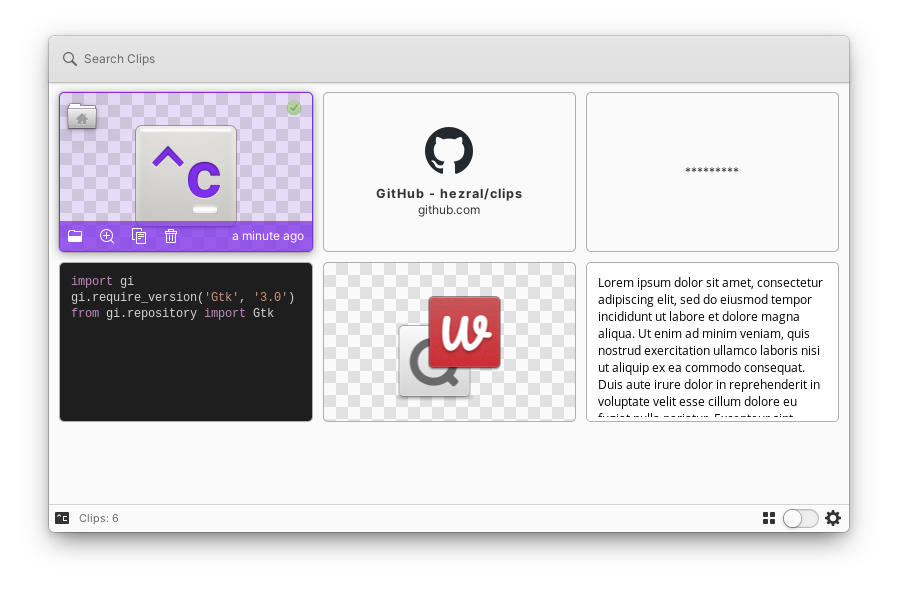This also sounds like something particularly useful on Wayland, since apps can't arbitrarily access keyboard input whenever they want (no keyboard event polling). So traditional app-provided global shortcuts won't work on Wayland. On Wayland you'd need the Compositor to "capture" global shortcut usage on behalf of the app, but today that isn't very easy or accesible to manage.
Having a standard way of asking the host system/compositor to provide a global shortcut for the app sounds like a very clean solution.



We have received several requests from elementary AppCenter app developers for a way to set (or prompt a user to set) a global keyboard shortcut to launch their app or a specific feature of their app (e.g. an Application action).
Pre-sandbox, these developers would set the GSettings for the desktop itself to add their app to the global keyboard shortcuts. Obviously this is non-ideal and only reasonably worked because we human reviewed every app’s source upon submission and update.
Today in Flatpaks, we recommend developers direct users to System Settings > Keyboard > Shortcuts and tell users how to add a custom shortcut manually.
Ideally, however, apps could use a Portal to request a system-wide shortcut (along with a description/rationale of the feature), and then we could provide a UI to display the request, let the user pick a shortcut, avoid conflicts, etc.